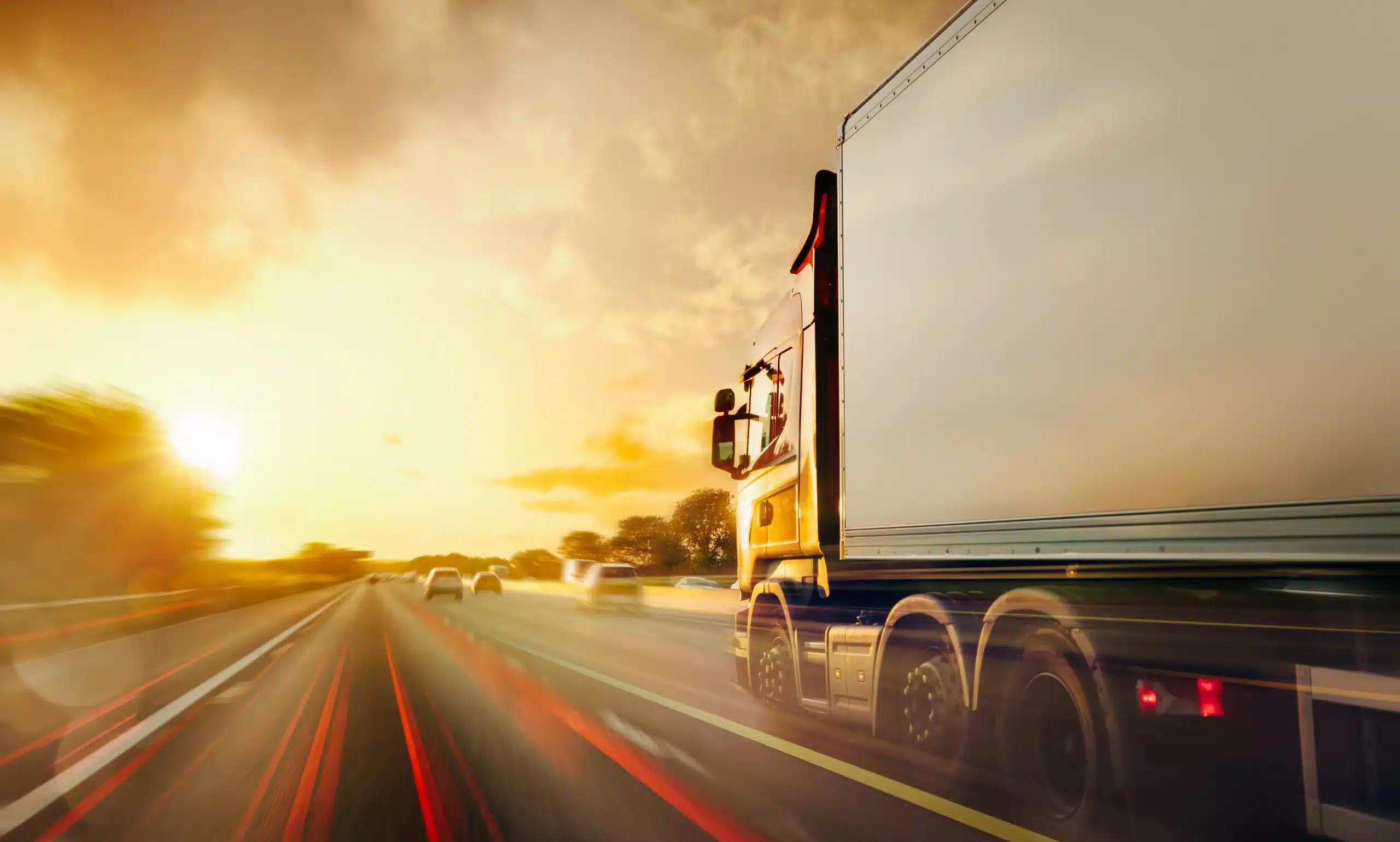3 ways to optimise transport to reduce fuel costs

Diesel continues to be a major fuel source for UK logistics chains in the UK. It plays a major factor in the transportation costs of any business and, according to the RAC, the cost of both petrol and diesel fell over the four months to February 2023, yet prices at the pumps on diesel are still a good 20p higher than unleaded fuel.
The Spring Budget delivered some light relief for businesses, as unexpectedly the Chancellor, Jeremy Hunt, announced a further freeze on fuel duty for another 12 months, extending the 5p a litre cut in duty on petrol and diesel.
Increased transportation costs have contributed to the record inflationary highs of 10.4% in February 2023 in the UK as it ultimately impacts the prices of goods and services. It also has a knock-on effect to consumer spending as we all have less disposable income to spend, contributing to a slowdown in the economy as people reduce their spending.
As many businesses rely on diesel-powered machinery or vehicles, higher diesel costs are increasing operating expenses and impacting profits.
Of course, there is an upside to the fuel cost increases – the impact on the environment. As a major contributor to air pollution and greenhouse gas emissions, these higher diesel prices can incentivise businesses to optimise their vehicle fleet to use less fuel and, potentially, switch to cleaner forms of transportation.
In this blog, we’ll discuss you can utilise packaging to optimise your vehicle payload! We’ll also look at ways to maximise your vehicle space to reduce transportation costs and minimise your environmental impact.
Even if you are engaging couriers to deliver on your behalf, how you pack your products for delivery will still have an impact on your business. Optimised shipments will help you to reduce your operational costs and improve the sustainability of your business. We will cover:
- 1.
- 2.
- 3.
- 4.
- 5.

The importance of optimising your delivery network
Maximising the load of a lorry or delivery van (also known as optimising the payload) helps to increase efficiency, reduce emissions and improve productivity.
Carrying a maximised load can increase the efficiency of transportation as the more goods transported per trip, the lower the overall transportation costs per unit. This can result in lower business costs and increase your competitive edge.
It also has the potential to reduce the number of trips required, reducing fuel costs and improving productivity. A maximised load can reduce turnaround times as more goods are transported per trip, reducing the time and costs associated with loading and unloading. This helps you to make better use of resources, such as vehicles and labour, as well as fuel.
Of course, when fewer journeys are required, it reduces the number of vehicles on the road. Burning fuel releases carbon dioxide and other harmful emissions into the atmosphere, contributing to global warming and air pollution.
By reducing fuel usage, you can reduce the greenhouse gas emissions of your supply chain, improving the sustainability of your business.
How packaging impacts the optimisation of your delivery process
How your products are packed plays a huge role in the size (and shape) of the goods you are shipping. By rethinking how your goods are packed, you have the ability to reduce the footprint of your products.
For example, if a product is packed into a box larger than required, this will impact how much space it takes up in a vehicle and reduce the capacity of your delivery network. Meaning your fleet might have to make multiple trips, rather than condensing the products to a minimum number of trucks.
For some items, there is also the need to use extra packaging to fill the void; this will increase the cost of your packaging materials too. So, ensuring the correct packaging is being used for your product will reduce costs to your operation, from warehousing to transportation!

Utilising packaging to optimise your vehicle payload
Whether you are shipping pallet loads or parcels, there are always opportunities to optimise your delivery vehicles and increase payload.
Consider ways to optimise the cubage of your products – this means using packaging materials that are a better fit, reducing the amount of air in the pack and maximising space on the delivery vehicle.
Sometimes the adjustment to improve parcel cubage can be tiny – shaving just a few centimetres, or even millimetres, from the height of your transit packaging doesn’t sound like much in isolation but, if you are shipping hundreds of packs per day, that could unlock metres of space!
It has the potential to increase pallet yield too, allowing you to add additional layers to a pallet. As well as maximising payload it also has the possibility to reduce the amount of pallets you need to buy and handle, improving productivity in goods out handling and vehicle loading. It also reduces handling for your customers goods-in team.

How to maximise your delivery routes
Before loading your vehicles, it is important to plan your vehicle runs to ensure that you can make deliveries in the most cost-effective way. Optimising your delivery routes can help to minimise the distance travelled and maximise the number of deliveries made per trip.
Are there opportunities to consolidate multiple orders for a single customer into one delivery? Grouping customer orders is a great way to optimise your transport, reduce fuel use and, save your customer time and effort in processing a single delivery.
Prioritise deliveries based on factors such as customer importance, delivery time windows, and delivery distance. This can help you plan the most efficient routes and ensure that important deliveries are made on time.
Consider using route optimisation software, there are many software tools available that can help you plan the most fuel-efficient routes. These tools consider factors such as the location of customers, traffic patterns, and delivery windows.
When you can maximise your fuel economy, or miles per gallon (MPG), you also require less fuel stops! This means fewer interruptions in the delivery day…

How to foster fuel efficiency in your supply chain & lower fuel costs
Consider incentives that will improve the efficiency of your drivers and maximise the MPG of your vehicles. Encourage drivers to plan their routes carefully, avoid unnecessary stops, and use fuel-efficient driving techniques.
Good driving habits, such as driving at a moderate speed and avoiding sudden stops and starts, can help reduce fuel consumption and emissions. This not only contributes to your operational cost savings but also has a positive impact on the environment.
Train your drivers in efficient driving techniques, such as accelerating and braking gently, maintaining a steady speed, and avoiding idling. These techniques can help reduce fuel consumption and increase the distance that can be covered on a single tank of fuel.
Rewards for good driving habits can help reinforce the idea that responsible driving is important and lead to more a conscientious driving behaviour.
It’s also worth mentioning the importance of keeping your vehicles well-maintained to ensure that they are running at peak efficiency. This includes regular oil changes, tyre rotations, and tune-ups. Well-maintained vehicles consume less fuel and are less likely to break down, reducing the overall cost of transportation.

Support lowering your fuel costs with optimised packaging materials
At Macfarlane Packaging, we work with customers to optimise their transport operations and increase the payload of their vehicles.
We use a unique tool called the Packaging Optimiser. It helps customers to calculate cubage improvements in terms of vehicle space savings. We can demonstrate the impact on your vehicle runs, operating cost and show the kilograms of carbon saved as a result.
Our support has helped customers to increase fuel efficiency, improve productivity and reduce the carbon footprint of their operation – ultimately lowering fuel costs too.
Why not contact us today to find out how we can support your business?
